Interview: Jennifer Mehigan
The fine artist goes in depth about the internet, cybersensuality and her remarkable work

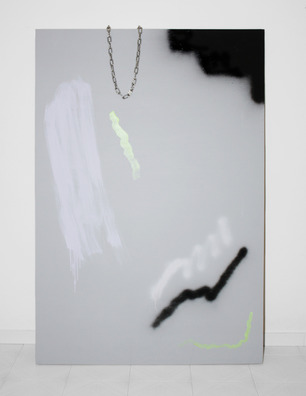
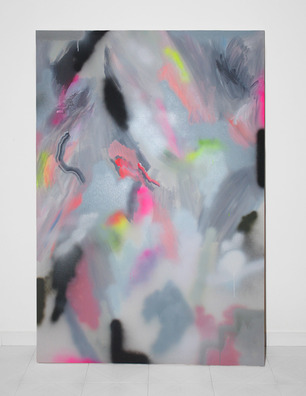
There’s twofold brilliance within the large-scale works of Sydney-educated, Singapore-based artist Jennifer Mehigan. From a purely visual standpoint, her swirls and slashes, blobs and explosive use of color please an exploring eye. Delving further, there is a taut aesthetic mastery across all the media choices she makes. Combining digital work with traditional painting, drawing and sculpting, there’s no mistaking her style—even as she herself enters uncharted territory. At the crux of each piece (whether its an installation or mixed media painting) the artist probes stimulation, the lack thereof and how both affect an audience—perhaps especially in this age of internet and technology.
Mehigan took time to speak with CH, while she was taking down an exhibition done for Lasalle College of the Arts in Singapore. The young artist (born in Ireland in 1988) offered insight on how location has influenced her work, why pastel colors appeal to her and what cybersensuality means in the context of her creations.

What motivated the decision to step from graphic design in Sydney to fine art in Singapore?
I always wanted to feel comfortable with “fine art,” but it was really difficult for me when I was younger. I enrolled in an art school for a semester when I first left high school and it was like, “Oh this is not for me at all.” So I was lucky enough to be able to switch to design. But then when I started working in design I experienced the same thing again, so maybe I am just going to keep going back and forth forever. Moving location was the easy part because it was moving home. But convincing “art” that I’m not “too design” and vice versa is harder—and weirder.
Has location meant additional inspiration or altered your vision as an artist?
I didn’t think it would but yeah, it made a big difference coming back to Singapore after a few years away. The feeling of moving home was comforting and there’s a lot of parts of Singapore I ignored when I was younger and just desperate to leave, like the weird biotech, Gibson-esque side. The constant redevelopment has definitely got me obsessed with machinery and construction and destruction.
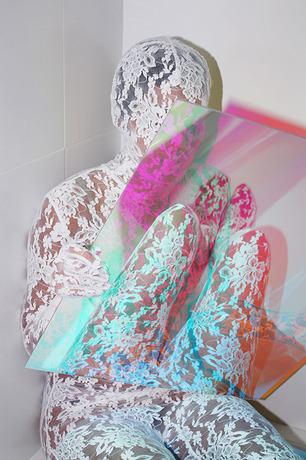
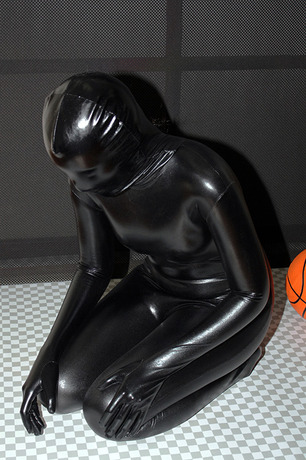
You cross multiple media, but there is a strong, wondrous through-line to all your work. Do you know how define this aesthetic—do you need to? What inspired this type of work?
I don’t really know how to define it, to be honest. I don’t understand internet or post-internet art discussions enough to know where or if I have a place, but my aesthetic is definitely peri-internet or something like that. When I first started making things in design school I kind of went with either black and white or neon and pastel, candy colors and I’m still going with them because I love them. It’s kind of silly (or sad) but I think I was really affected by the release of the iPhone and using a touch-screen all the time and the gesturing that comes with that—and then apps came out to paint with and so it was like a natural progression into “real” painting.
You coined the term “cybersensuality.” What motivated its inception? What does it mean to you?
I think that was probably the closest I came to figuring out what my aesthetic was in a non-committal way. I needed a word that talked about desire and the computer and maybe “cyber” is a little dated but soft ghetto and grunge made ’90s cyber stuff cute again so whatever. I feel like it’s a word that works for a lot of images people are making and sharing online, like they’re wet and glossy and sexy and repetitive and your body reacts to them but it’s like—they are just pixels and it’s all an illusion and the person who made them isn’t really part of your experience but you need them for that image to exist. Like cybersex but visual or something.
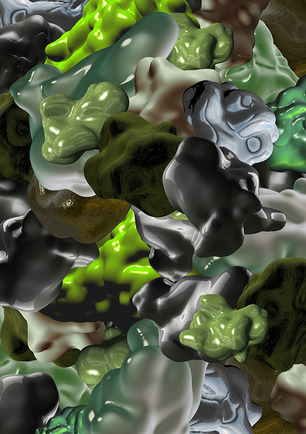
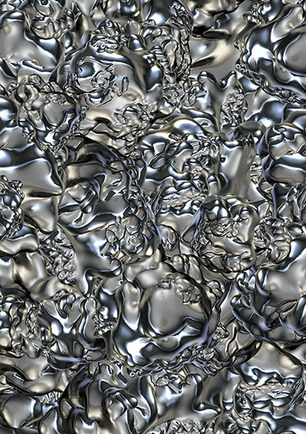
Furthering this, in the age of the internet, it’s easier to group all queer artists together under one umbrella at times. Do you identify as a queer artist?
Yeah, I mean the word artist scares me more as an identifier than queer, ha. Queer visibility is definitely part of whatever I’m making right now and I don’t want to avoid talking about it ever. But it’s weird that you mention that grouping—since it’s “become known,” I guess, I’ve seen people on Twitter talking about me like, “Maybe someone to consider for a queer show in the future” and that makes me feel weird. But it depends entirely on who is doing the grouping. Sometimes it’s cool for it to be recognized and sometimes it’s like, “Nah not by you though.”
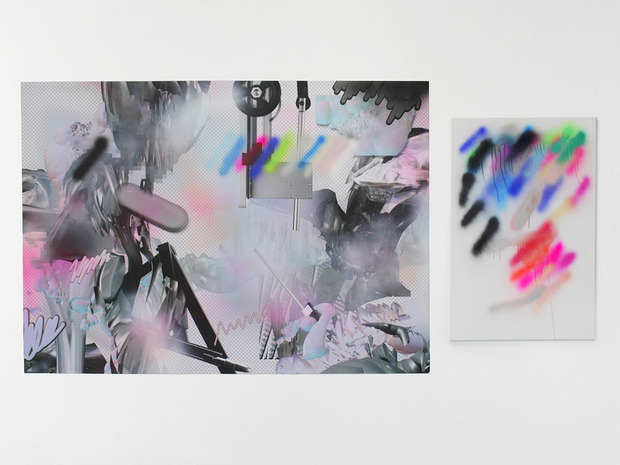
You’ve just wrapped an exhibition. Can you share with us the material focus and what drove its inspiration?
I’m still developing work around cybersensuality, but with more of a focus on machines and touching on this kind of old idea of synthanatos that Nick Land spoke about in the ’90s—but from a soft body dynamics point of view. I’m terrible at explaining things, but it’s like an expansion on the death drive; this theory that we experience an artificial death that’s induced every time we interact with a screen or a digital space and then I’m comparing that in a roundabout way to desire, orgasms (aka “la petite mort”) and visualizing sex with the internet, dying on the internet, what the body/bodies would look like or feel like and stuff like that.
And of course, what will you be embarking on next? Or what do you hope for next?
I hope I can do all the work I have planned to do this summer. I get lost in fantasies way too easily, so I’m just gonna stick with my to-do list and keep working and hope that nice things happen, but if they don’t that’s OK too.
Further explore Mehigan’s stunning, colorful work on her blog or Instagram.
Images courtesy of Jennifer Mehigan











